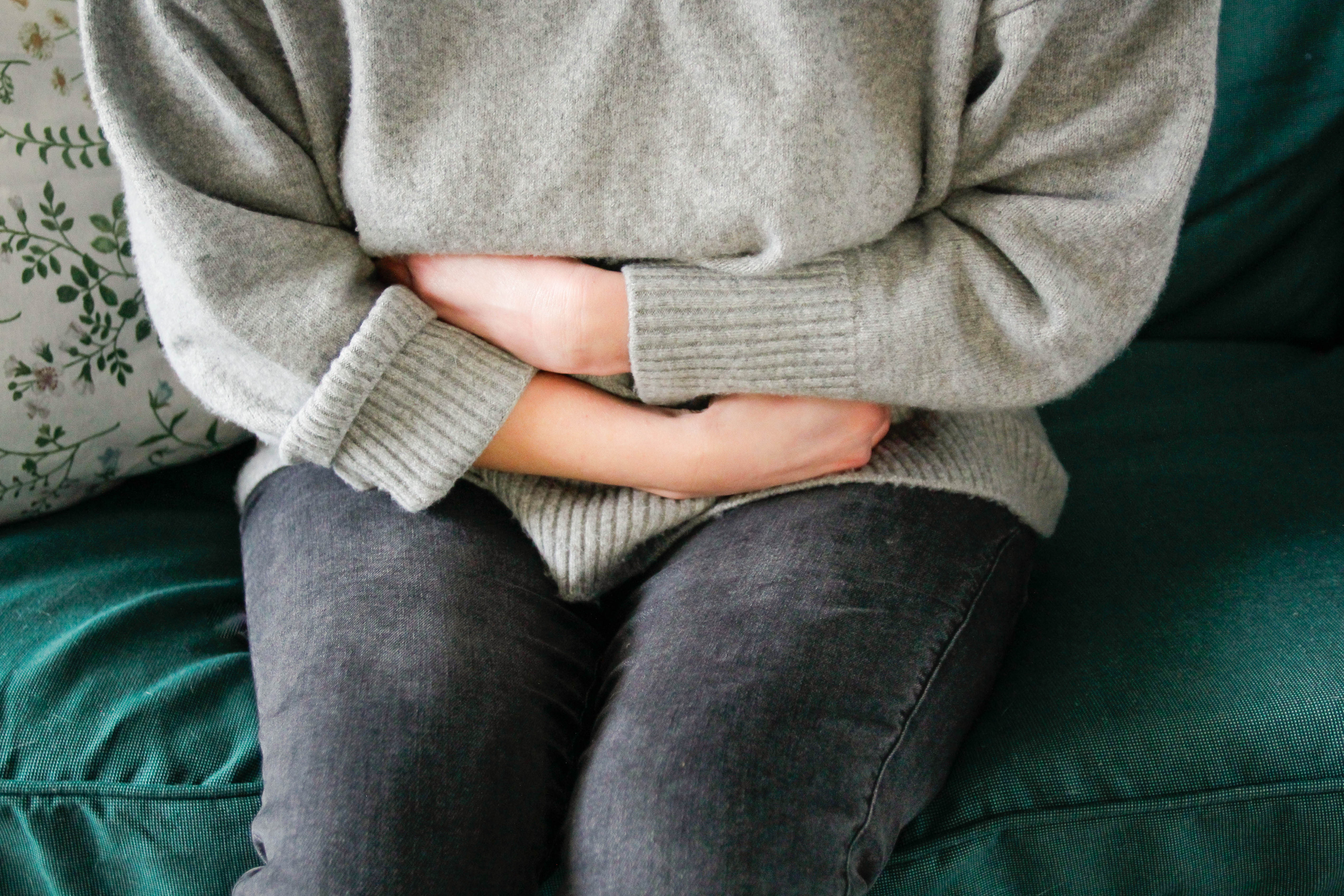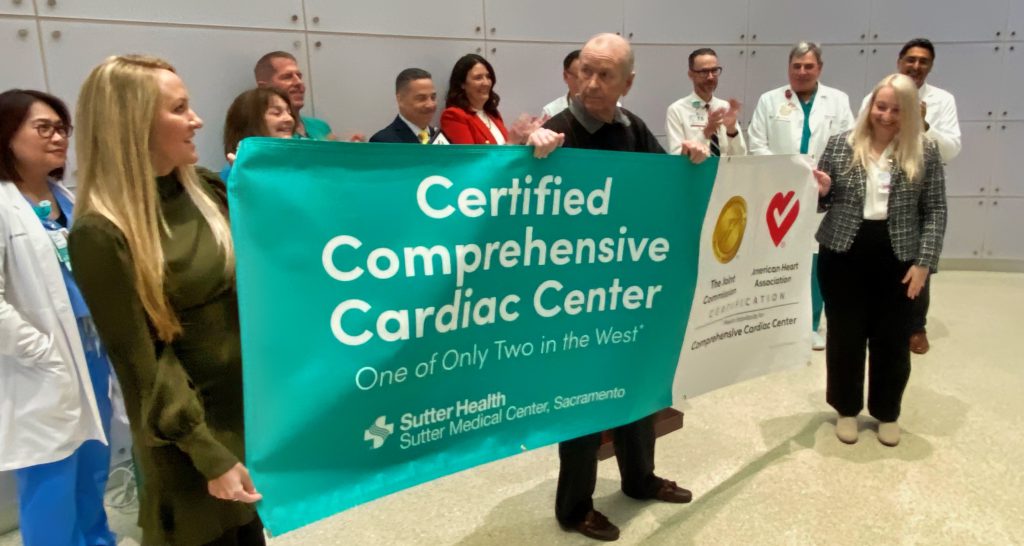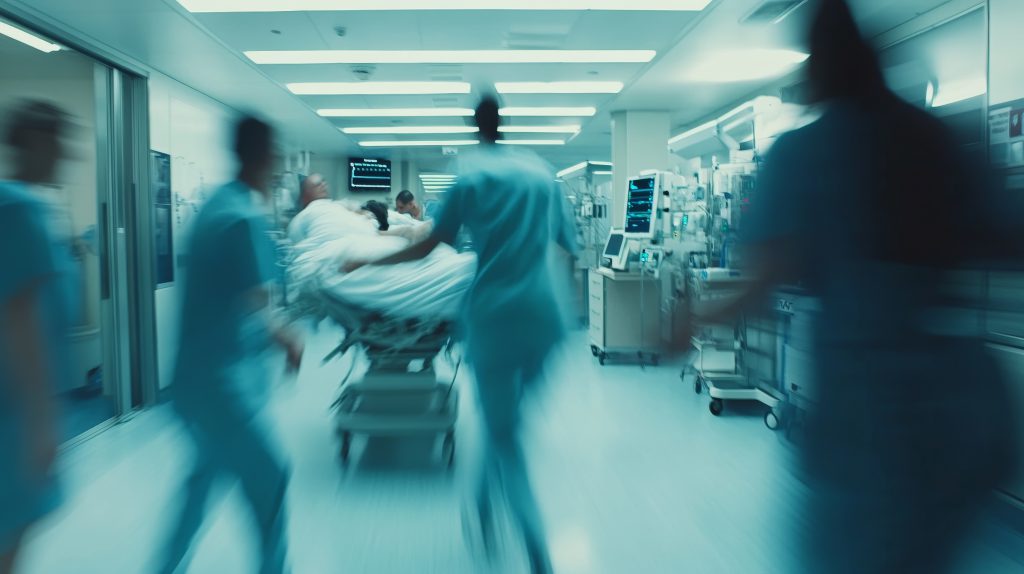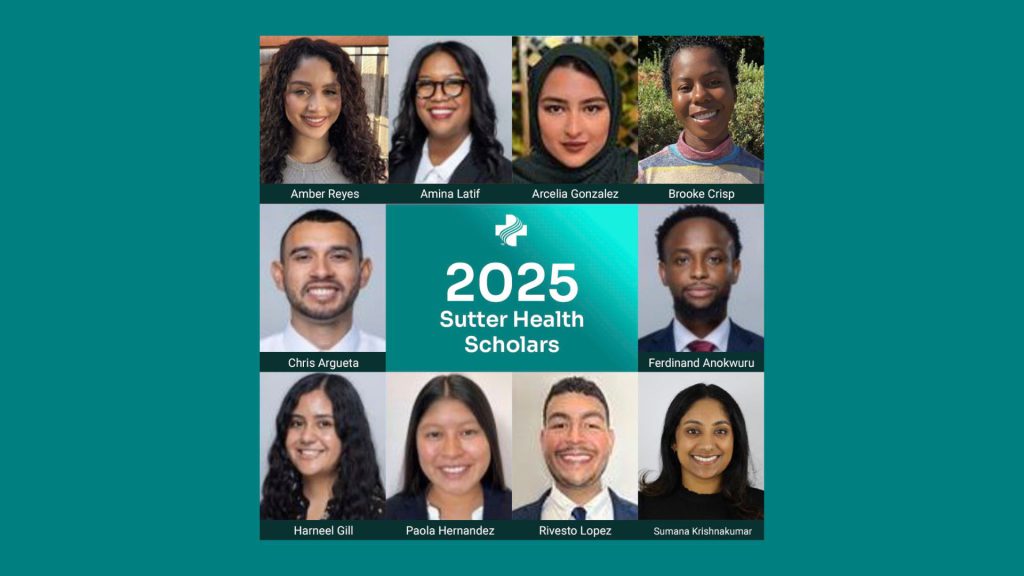When Candy Lee was having periods that lasted several weeks, she knew something was up.
“They would just go on and on and on,” says the 52-year-old Corte Madera resident.
A family history of uterine cancer plus a “funny feeling” led Lee to schedule an appointment with her primary care doctor for answers. An ultrasound revealed the culprit: several uterine fibroids.
Uterine fibroids are non-cancerous growths (or tumors) that form in the uterus. They can range in size from small, pea-sized growths to large, round ones that may be more than 5 to 6 inches wide.
The American College of Obstetricians and Gynecologists says 70-80% of women will experience fibroids by age 50.
While having these growths isn’t a problem for some women, for other women fibroids are painful and can impact their quality of life.
Common reported symptoms range can from longer, heavier and more frequent menstrual periods to severe abdominal cramps and lower back pain to miscarriage and infertility.
New Treatment Shrinks Fibroids
The new Acessa® procedure proved an ideal option for Lee.
This latest minimally invasive procedure uses radiofrequency ablation to shrink the fibroids without having to surgically remove them.
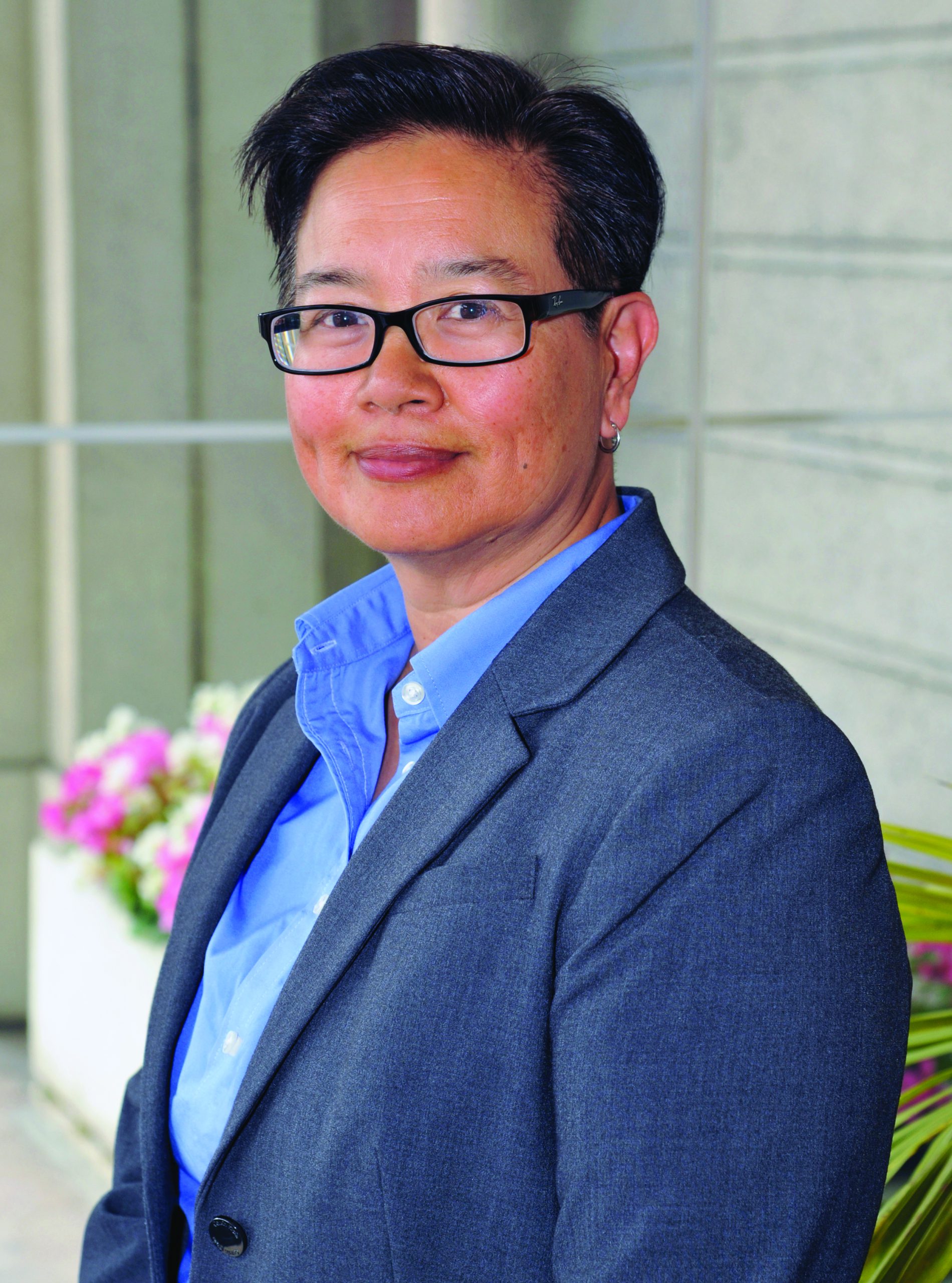
Dr. Katherine Hsiao
Dr. Katherine Hsiao, a gynecologist with Sutter Pacific Medical Foundation, is performing the robotic-assisted procedure at Sutter Health’s Novato Community Hospital, a 15-minute drive from Lee’s home in Marin County. The outpatient procedure allows patients to go home the same day.
“This is truly the first innovative option we have as far as (gynecological) procedures for women in the last decade,” says Dr. Hsiao.
Lee was especially keen on Acessa® being a gentler method with smaller cuts, less bleeding and less swelling overall.
According to Dr. Hsiao, the procedure requires small keyhole-sized incisions in the abdomen and a slender camera that goes through the naval. The fibroids are then mapped out using an ultrasound probe. Next, the radiofrequency probe is used to heat the fibroids using microwaves, causing the growths to denature and soften. The problematic fibroids will eventually shrink or be reabsorbed by the body over time.
“I was really worried,” says Lee.
As a dentist who understands the risks of medical procedures, Lee says that when you know too much, it makes you worry about all these other things.
“Dr. Hsiao spent a great deal of time explaining the procedure and what I could expect immediately following and the recovery process,” she said. “In medicine, the thought is you want to have the least amount of surgery with the best results.”
Dr. Hsiao says Lee was the first patient at Novato Community Hospital to be treated using this new method, adding that Acessa® is appropriate for most non-cancerous fibroids but not excessively large fibroids, which would need to be surgically removed.
One additional advantage for women of childbearing age and who are looking to conceive is that the procedure can help maintain and preserve the integrity of their uterus in a way that still makes future pregnancy both possible and successful.
Lee is now back to walking the neighborhood alongside her husband, with their five dogs in tow.
“The Acessa procedure was the right choice for me. I don’t have that heavy period anymore. More women need to know about this procedure. … It doesn’t have to be a big deal,” says Lee.
The Acessa® procedure is offered at additional Sutter Health care sites including Alta Bates Summit Medical Center’s Summit campus in Oakland, California Pacific Medical Center’s Mission Bernal campus in San Francisco, Mills-Peninsula Medical Center in Burlingame, and Sutter Capitol Pavilion on the Sutter Medical Center, Sacramento campus.

